#designforchange
Explore tagged Tumblr posts
Text

#FlagDesign#GraphicDesign#VisualArt#ContemporaryArt#ArtisticExpression#Design#SocialArt#PoliticalArt#ArtAndPolitics#CriticalArt#DesignForChange#VisualMetaphor#ConceptualArt#ArtForChange#Illustration#Artwork
6 notes
·
View notes
Text
youtube
A Blueprint for Design
In this thought-piece, we explore the erosion of design’s perceived value in organizations—and why that’s a business risk, not just a creative one. Design needs to be integrated as a strategic function, accountable for both innovation and impact, that drives competitive advantage in today’s rapidly evolving world of technology.
#DesignLeadership#StrategicDesign#DesignThinking#InnovationStrategy#DesignAsStrategy#DesignMatters#UXDesign#BusinessDesign#ProductDesign#DesignForImpact#FutureOfWork#DesignInTech#CreativeLeadership#HumanCenteredDesign#DesignROI#DesignCulture#OrgDesign#Backcasting#DesignAndBusiness#DesignForChange#Youtube
1 note
·
View note
Text
WOII Compulsory: In Summary
I didn’t anticipate how profoundly World of Ideas and Imagination would fuse my twin passions for philosophy and design. This module became a revelation, transforming my concept of design from a service into a vital language for interrogating reality itself. Through poststructuralism, I found academic rigor for my instinctive questioning, with Derrida’s différance (Of Grammatology 23) and Foucault’s power/knowledge (Discipline and Punish 135) giving form to my skepticism about “objective” design. As Victor Papanek insists in Design for the Real World, designers bear “a social and moral responsibility” to challenge harmful systems rather than serve them (Papanek 15), a mandate this module embodied.
The module crystallized why I've always resisted rigid design rules. As Gilles Deleuze argues, "Thinking is always experiencing, experimenting with what exceeds our grasp" (What Is Philosophy? 111). WOII showed me that good design isn't about answers, but about asking better questions. Whether through pixelated slogans or collaged explosions. This aligns with Ellen Lupton’s claim that “design is a form of storytelling that shapes reality” (Design Is Storytelling 7), proving theoretical rigor is the bedrock of impactful work.
My journey finds its visual counterpart in Jenny Holzer’s work. Her works show how text can punch through complacency. Where words flicker between poetry and protest, digital and concrete, resonating with the insightful takeaways I've had in WOII.
Total Word Count: 219 Words
------------------------------------------------------------------------------
Works Cited
Deleuze, Gilles and Félix Guattari. What Is Philosophy? Columbia UP, 1994.
Derrida, Jacques. Of Grammatology. Johns Hopkins UP, 1997.
Foucault, Michel. Discipline and Punish. Vintage, 1995.
Lupton, Ellen. Design Is Storytelling. Cooper Hewitt, 2017.
Papanek, Victor. Design for the Real World. 2nd ed., Chicago Review Press, 2005.
------------------------------------------------------------------------------


"Truisms" (1977-79)







"Inflammatory Essays" (1979-82)

"Projections" (1986-present)
#JennyHolzer#TextArt#ConceptualArt#DesignActivism#PowerOfWords#TypographyAsProtest#PublicArt#LanguageArt#CriticalDesign#WOII#Poststructuralism#Postmodernism#VisualCulture#DesignPhilosophy#ArtAndTechnology#LEDArt#PoliticalArt#WordArt#DesignIsWeapon#Truisms#InflammatoryEssays#ProjectionArt#DigitalArt#DesignThinking#ArtAsIntervention#CommunicationDesign#TypeDesign#DesignEducation#RadicalDesign#DesignForChange
0 notes
Text
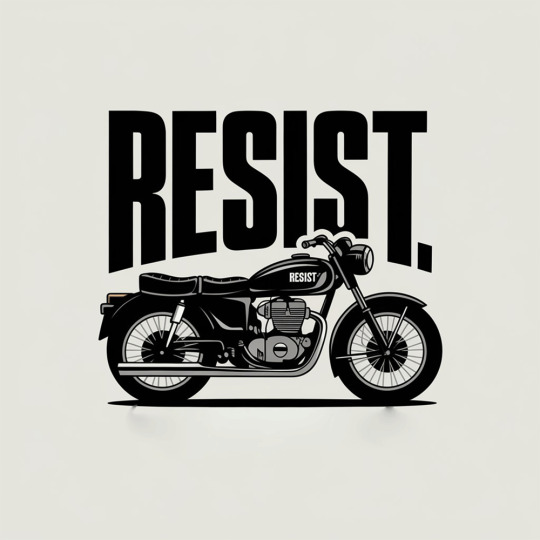
#ResistDesign
#ArtOfResistance
#CreativeRebellion
#DesignAgainstTheGrain
#ArtfulDissent
#ResistArt
#VisualProtest
#DefiantDesign
#ArtThatMatters
#ResistMovement
#RebelArt
#DesignForChange
#Artivism
#ResistAndCreate
#ProtestArt
#DesignRevolution
#ArtAgainstOppression
#ResistThroughArt
#CreativeActivism
#ArtOfDef
#ResistDesign#ArtOfResistance#CreativeRebellion#DesignAgainstTheGrain#ArtfulDissent#ResistArt#VisualProtest#DefiantDesign#ArtThatMatters#ResistMovement#RebelArt#DesignForChange#Artivism#ResistAndCreate#ProtestArt#DesignRevolution#ArtAgainstOppression#ResistThroughArt#CreativeActivism#ArtOfDef
0 notes
Photo

I imagine future architecture as living systems. Buildings that breathe, adapt, and evolve with their surroundings. Walls that harvest energy, facades that filter air, and structures that predict human behavior will redefine how we live and interact with space. With artificial intelligence and robotics driving this shift, design no longer ends with construction; it begins a continuous dialogue with its environment. Advanced materials and data-driven systems will transform architecture into a discipline where function, aesthetics, and intelligence converge. This future requires architects to unlearn static thinking and embrace a world where adaptability and innovation lead the way.
#futurism#ianfulgar#ai#futurearchitecture#aianddesign#roboticsintegration#adaptivebuildings#parametricinnovation#intelligentmaterials#livingarchitecture#dynamicdesign#sustainabletechnology#progressivearchitecture#urbantransformation#designforchange#nextgenarchitecture#rethinkingdesign#architecturalvision#architecturefactor
0 notes
Text
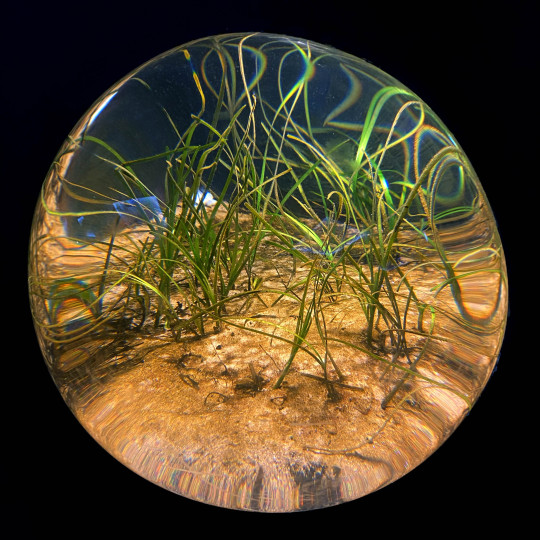
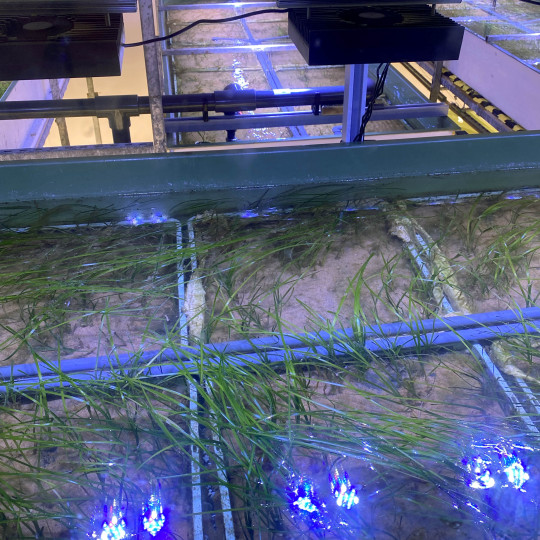

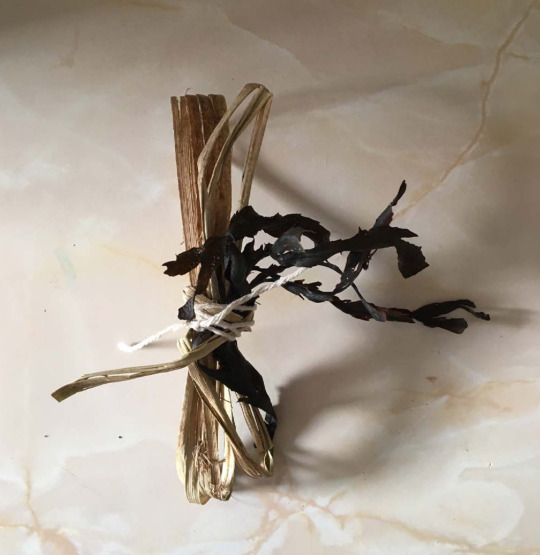
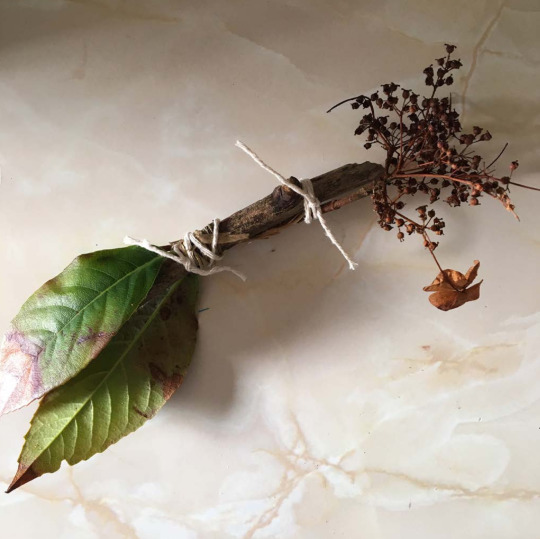

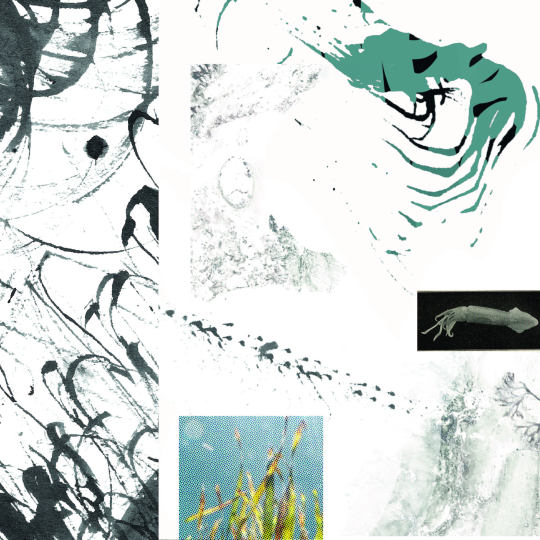

Part 2 of my Plymouth trip!
.
During my MA, my first project explored seagrass—a vital yet often overlooked marine ecosystem. 🌊 Back in 2023, there was significant attention on seagrass decline, but community action and awareness were still limited.
.
🌱 Seagrass meadows combat climate change by absorbing and storing vast amounts of carbon—up to 35 times more efficiently than rainforests of the same size. Despite covering only 0.2% of the ocean floor, seagrasses store 10% of the ocean’s carbon. (Source: Ocean Conservation Trust)
One project that influenced my research was Rosie Sherwood’s “The Seagrass Walk” (slide 3), exhibited in Plymouth. I couldn’t visit at the time, so experiencing it now has brought my own project full circle. It was also fascinating to see the seagrass labs at Plymouth aquarium to, the delicate process of growing such a plant for conservation efforts highlighted the need to conserve these biodiverse areas in situ, such as corals, chalk streams and marsh land. Before they disappear altogether.
.
The key research point for my project was inspired by a Cornish research study on the impact of chain moorings on seagrass, specifically how chain width affects seagrass scars. This visual impact led me to explore mark making as a medium.
I began by using secondhand chains to mimic the physical damage to seagrass beds. From there, I incorporated natural materials collected along the coastal path—twigs, seaweed, dried flowers, and grasses—to create custom tools for mark making, connecting the local environment back to the process.
To expand the idea, I developed a workshop prototype, inviting participants to make their own tools and experiment with ink. 🖌️ The hands-on experience fostered creativity and a tangible connection to the issue.
This project not only deepened my understanding of seagrass conservation but also ignited a passion for participatory, community-driven work. I look forward to developing more projects like this in the future!
#seagrassconservation#marineecosystem#oceanconservation#participatorydesign#designresearch#markmaking#ecoart#environmentalart#creativeworkshops#communityart#sustainabledesign#artandecology#conservationdesign#seagrassmeadows#naturebasedsolutions#coastalconservation#visualcommunication#designforchange#graphicdesign#handmadeart#designprocess#visualstorytelling#communityengagement
0 notes
Text
27/AUG/2024
WEEK 3: REFLECTIVE WRITING
Designers should connect their work to society because design can have a meaningful impact on the world. By addressing social issues, designers create work that not only resonates with people but also contributes to positive change and supports important causes. This approach goes beyond aesthetics and profit, focusing on raising awareness and tackling bigger issues like fairness and environmental sustainability.

For example, brands like Ben & Jerry's demonstrate how businesses can integrate social values into their practices, such as using fair trade ingredients and promoting sustainability.
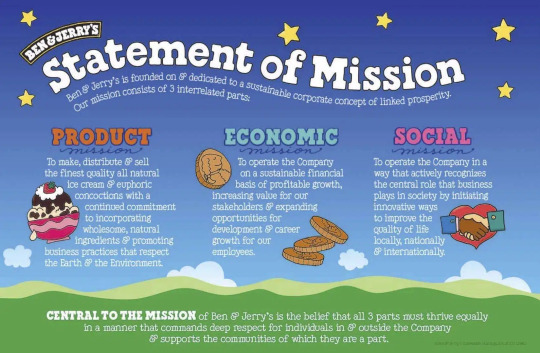
Ben & Jerry's leads in ESG practices by prioritising fairness in sourcing. They use fair trade to buy key ingredients like cocoa, sugar, and bananas from small farms in developing countries, supporting 200,000 farmers annually. Their packaging reflects Vermont’s natural beauty and features a fair trade certification.
In our class, we were tasked with creating a documentary about a social issue. We decided to focus on the high cost of living in Singapore. In our video, an agency shows students a small, messy room with an outrageously high rent. The students, after checking their wallets, find only a handful of coins.
While working on this project, I realised that as designers, we should engage with societal issues like this more often. If designers express such problems through their work, it could help raise awareness and ultimately contribute to changing the world for the better.
230 words
References:
0 notes
Text









The Borderless Graphic Designers Group (BGD) invites designers worldwide to create powerful posters addressing global social and political challenges.
———
Themes:
1. Bridges, Not Walls: Unity in a Divided World
2. The Narcissist’s Mirror: When Ego Shapes Policy
🇨🇦 Canadian Perspectives:
• Neighbors, Not Rivals – Canada & U.S. relations
• Stronger Together – Defending diversity in Canada
———
Important Dates:
• Contest submissions begin: Feb 17, 2025
• Deadline for submitting works: May 17, 2025
• Opening of the exhibition: Jun 09, 2025
Submit your work:
• Email: [email protected]
• Poster size: 70 × 100 cm / Dpi 150 / RGB / (JPG, max 5MB)
———
• Organizer:
Borderless Graphic Designers Group
• Competition Manager:
Reza Saeedi (Canada)
• Competition Secretary:
Hossein Mohammadi Vahidi
———
Jury Team:
Pekka Loiri (Finland)
Kye-soo Myung (South Korea)
Hitoshi Miura (Japan)
Onish Aminelahi (Usa)
Naser Nasiri (Iran)
Arafat Al-Naim (Uae)
Eric Boelts (Usa)
Helen Baranovska (Ukraine)
Eston Km (Indonesia)
———
Poster Designer: Robert Young (Canada)
———
🔗 More info: Borderlessgroup.ca
#USCanadaRelations #TradeTariffs #EconomicPolicy #CulturalIntegration #PoliticalUnity #TrumpPolicies #CanadaUSATrade #BorderIssues #NationalIdentity #GlobalPolitics #SocialImpact #DesignForChange #PosterCompetition #GraphicDesign #SocialChange #PoliticalDesign #UnityNotWalls #StrongerTogether #DiversityMatters #BorderlessDesign #GlobalDesign #CreativeVoices
#onish#onishaminelahi#aminelahi#onish_aminelahi#اونیش#اونیش امی الهی#اونیش امین اللهی#همرنگ#آتلیه امین الهی#iranian designer#iranian graphic designer
0 notes
Text

🌍 Celebrate International Migrants Day with piZap! 🌍
Today, we honor the journeys, courage, and contributions of migrants around the globe. Use piZap's tools to create vibrant designs, express your creativity, and share messages of diversity and unity. Let's celebrate together!
📸 Design your story. Inspire the world.
#InternationalMigrantsDay #CelebrateDiversity #GlobalUnity #piZapCreativity #DesignForChange #MigrationJourney #EmbraceCulture #UnityInDiversity
#pizap#photo editing#photoeditor#create#borders#collage#stickers#photography#photoediting#photo editor#immigrants#international immigrants day#migrants
0 notes
Text
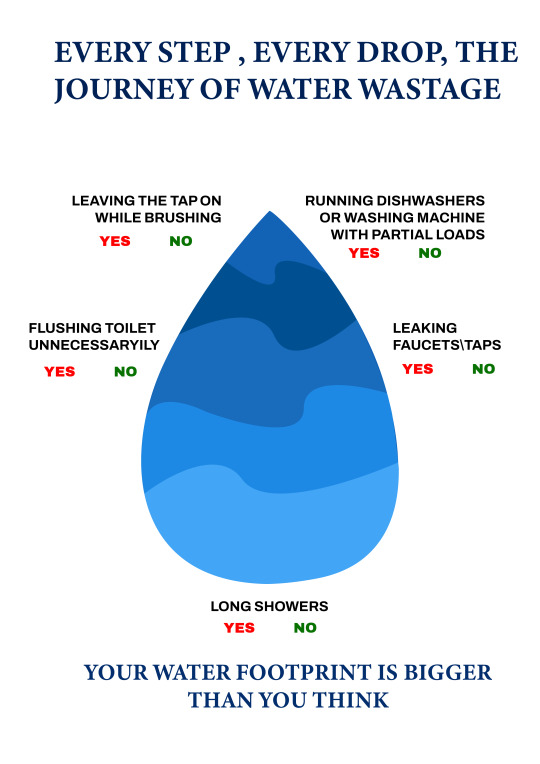

INTERACTIVE POSTER
For the interactive poster assignment, I chose to address the issue of water wastage at an individual level. The poster features a large water droplet in the center, designed in varying shades of blue and black. Around it, I listed daily activities that contribute to water use.
Participants interact by answering questions related to these activities. If the answer appears in green text, it means they conserve water and can fill the droplet with blue. If it’s in red, it signifies water wastage, and they must fill it with black. This visually represents the impact of individual actions on water conservation.
#WaterWastage #InteractivePoster #ConservationAwareness #DesignForChange
0 notes
Text
Albert Einstein nunca se graduó en la escuela secundaria. Mark Twain la dejó apenas egresado de la primaria, en tanto Jack London fue expulsado por pelear con sus compañeros. Charles Dickens tuvo poca educación formal, ni siquiera llegó al nivel medio. Ray Bradbury sufrió las malas calificaciones. Las historias de aquellos que fueron expulsados del sistema educativo no se cierra en nombres célebres. Más allá de la genialidad, la escuela, en un tiempo donde la inclusión flamea en el mástil del patio, se ha convertido en un espacio homogeneizador a sottovoce.
El sociólogo Émile Durkheim dice que “la sociedad sólo puede sobrevivir si existe entre sus miembros un grado suficiente de homogeneidad: la educación perpetúa y refuerza esta homogeneidad que exige la vida colectiva”, parece una contrariedad frente al tipo de aguas ricas y diversas que se proclaman hoy.
“Pero eso no es lo que pasa”, sentencia Kiran Bir Sethi (1966). Nacida en la India, se formó en comunicación visual y fue por una década una exitosa emprendedora con su estudio de diseño. Hasta que, como mamá de Raag y Jazz, se enfrentó a escuelas que intentaban presionar a sus hijos para que cupieran como una masa de muffins en un molde de silicona, “un poco más rígido que un contenedor tan flexible”, corrige la metáfora con humor.
Te cuento la historia de la mujer que creó una nueva #escuela fundada en el #YoPuedo en la sección de #Futuro de @Lanacion en el nuevo suple #Conversaciones.
@KiranBirSethi
@TheRiversideSchool
@DesignforChange
0 notes
Text

#Illustration#GraphicDesign#ConceptArt#Artwork#MinimalArt#VisualStorytelling#ContemporaryArt#DesignForChange#ArtWithMeaning#ClimateCrisis#JetSetCritique#ArtVsInequality
0 notes
Photo

We too are part of nature, so grasp its beauty and all it offers us and use it in design & architecture. THINK NATURE. #design #architecture #creativity #sustainability #sustainable #innovation #environment #designthinking #designforchange #design #nature #THINKNATURE #honeycombs #water #seaturtle #sand #beach #biophilic #architects #ecofriendly #construction #beauty https://www.instagram.com/p/CR1nmMJIRGa/?utm_medium=tumblr
#design#architecture#creativity#sustainability#sustainable#innovation#environment#designthinking#designforchange#nature#thinknature#honeycombs#water#seaturtle#sand#beach#biophilic#architects#ecofriendly#construction#beauty
3 notes
·
View notes
Text
WOII Compulsory: Week 5 & 6 - Design Analysis and Field Trip
Week 5 (170 words) In today’s session, we focused on the significance of materiality and craftsmanship in design. I brought three personal items: my stainless steel necklace, my fan, and my water bottle. The necklace, worn daily for over three years, has become a part of my identity, representing durability and resilience. Similarly, my fan, customized with a Hachiware sticker, is highly functional, providing strong airflow, while my water bottle, adorned with a lucky charm from Osaka, reflects my personal belief system. These objects highlight the importance of materials and craftsmanship, elevating the functionality of each item. Applying the “How Design Means” framework, I observed that these objects communicate more than just their utilitarian purpose, they reflect aspects of my identity, echoing class discussions on how design can be both practical and emotionally significant (Chandler 87). This reinforces how objects in our daily lives can transcend utility, serving as personal symbols of memory and connection.
Week 6 (160 words) During the Kampong Gelam field trip, I documented various works of design that embody the theme of cultural transformation through materiality and identity. I observed three works that blend tradition with modernity: traditional painted bowls and plates, a mural depicting old Kampong Gelam, and graffiti tags on a nearby wall. Despite their contrasting styles, these works form an interesting grouping under the theme of “Memory and Transformation.” The painted bowls and plates, with their intricate designs, are steeped in cultural tradition, representing continuity and heritage. The mural, showcasing a nostalgic image of Kampong Gelam, reflects the transformation of the district, acting as a collective memory. In contrast, the graffiti tags, often rebellious and transient, symbolize change, voicing the new generation’s sentiments. This juxtaposition of past and present highlights the evolving identity of Kampong Gelam, illustrating how design encapsulates memory, protest, and transformation (Berger 102; Barthes 65). These objects serve as powerful symbols of the district’s social and historical context.
Total Word Count: 330 Words



------------------------------------------------------------------------------
Works Cited
Barthes, Roland. Image Music Text. Fontana Press, 1977.
Berger, John. Ways of Seeing. Penguin Books, 1972.
Chandler, Daniel. Semiotics: The Basics. Routledge, 2002.
------------------------------------------------------------------------------
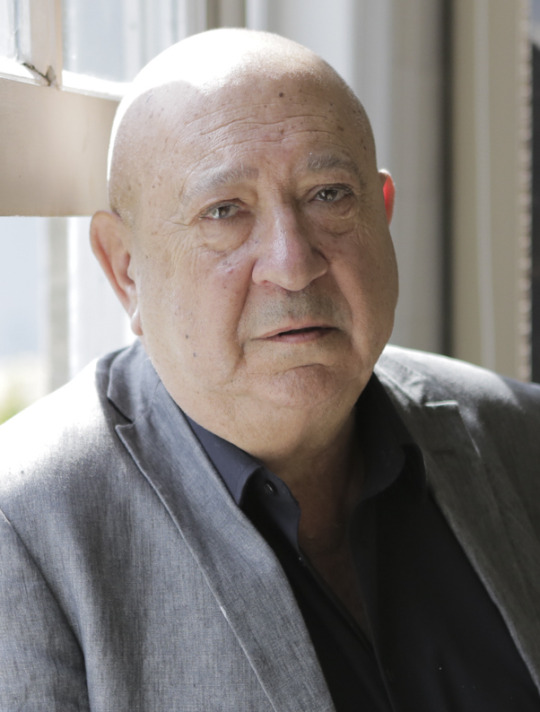

The Children of Dijon, 1986

"No Man's Land" (2005)

"Personnes" (2010)
#TransformationInDesign#MemoryInArt#DesignAndMemory#KampongGelam#CulturalIdentity#MaterialityInDesign#MemoryThroughMaterial#HistoryAndDesign#ContemporaryArt#DesignEvolution#HeritageAndModernity#ArtAndCraftsmanship#DesignAsStorytelling#MemoryAndPlace#CulturalTransformation#SocialHistoryInArt#CulturalNarratives#PersonalIdentityInDesign#DesignReflections#DesignForChange#MemoryInUrbanSpaces#KampongGelamDistrict#ArtAsProtest#CraftAndTradition#TransformationThroughArt#NostalgiaInDesign#ArtAndPlace#DesigningThePast#DesignInContext#SocialContextInDesign
0 notes
Photo
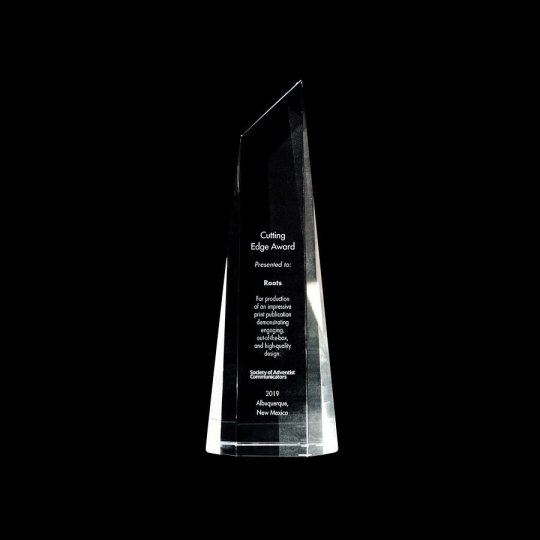
I had the pleasure of attending my first Society of Adventist Communicators — SAC — conventions this past month in Albuquerque, New México. This was also the first communications convention I attended as a professional and I’m so glad that God led me here! There were so many other talented as well as inspiring individuals who attended and I’m grateful to have made meaningful connections with them. The tours and workshops were led by such passionate people and I learned a ton. And to make things even better my mom and I won awards for our Roots almanac project! We are honored and humbled to have received these awards as well as look forward to possibly developing Roots into a real-world product. My first experience at SAC was one to remember. God showed me much over those few days. I’m excited to apply as well as pass on what I learned. Can’t wait for next year’s convention in Chicago! — You can view more of the Roots project by visiting the link in my bio 🌱 — Also, special thanks to @hotelalbuquerque for being a great host and providing good food! . . . . . #Godisgood #adventistcomm #SAC2019 #purpose #passion #partnership #humansofadventism #sda #designconference #communicationdesign #visualcommunication #printdesign #publicationdesign #designforchange #designforgood #storytelling #minimalist #collectgraphics (at Albuquerque, New Mexico) https://www.instagram.com/p/B4a6NeVlFEM/?igshid=1i2hffwcd7mm9
#godisgood#adventistcomm#sac2019#purpose#passion#partnership#humansofadventism#sda#designconference#communicationdesign#visualcommunication#printdesign#publicationdesign#designforchange#designforgood#storytelling#minimalist#collectgraphics
11 notes
·
View notes
Photo

I imagine future Filipino architecture as an elegant interplay of innovation and heritage, where structures rise with a purpose beyond utility and boxed formats. Cultural and convention centers could emulate the organic flow of our regional dynamics, integrating advanced AI-driven design and locally sourced materials. These buildings would bring a new era, celebrating our cultural depth while embracing modernity. To cling to outdated practices is to deny the evolution of architecture. The future demands creativity, precision, and boldness in shaping spaces that represent the best of who we are.
#filipino#futurism#filipinopride#filipinodesigner#pinas#filipinoarchitecture#designrevolution#ianfulgar#aiinspireddesign#philippineculture#localmaterials#culturalinnovation#breakingtradition#modernstructures#nationalidentity#filipinodesignpride#architecturalfuture#organicarchitecture#buildingprogress#designforchange
0 notes